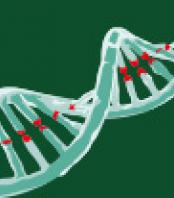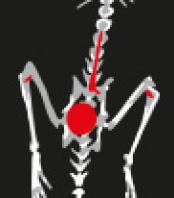James Broach, PhD, Penn State Hershey, Pennsylvania, United States.
Identification of structural variants (SVs) is critical to the prognosis of acute myeloid leukemia (AML) and other hematologic malignancies. SVs are not readily identified by next generation sequencing methods and are currently diagnosed by cytogenetics, an intrinsically low resolution tool. Dr. James Broach from Penn State Hershey will discuss a new method for determining large SVs as a clinical tool for evaluating AML and other cancer genomes using Bionano optical mapping. Dr. Broach has applied this technology for detection of SVs in a variety of cancer cell lines and directly from leukemia patient blood samples. In all cases, they have identified all the SVs reported by classic cytogenetic analysis and, in addition, a large number of translocations, deletions and insertions not observed by cytogenetics.
Register now







































